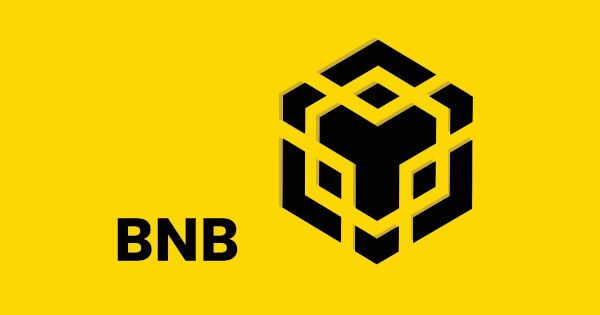The integration of Real-World Assets (RWAs) into the crypto ecosystem is a game-changer for decentralized finance (DeFi). According to BNB Chain Blog, this innovation unlocks new possibilities for liquidity, fractional ownership, and bridges the gap between traditional finance and crypto markets.
This article delves into RWAs, exploring their benefits, challenges, and how platforms like BNB Chain are facilitating their adoption.
What are Real-World Assets (RWAs)?
RWAs are tangible assets that exist in the physical world, such as real estate, commodities (like gold or oil), and art. These assets represent a significant portion of global financial value, but traditionally, they’ve been difficult to access and trade for many investors. The rise of DeFi and blockchain technology has introduced tokenization, a process that creates digital representations of these assets. This paves the way for a more inclusive financial system with investment opportunities similar to those found in traditional institutions.
How to Tokenize Real-World Assets
Tokenizing RWAs involves a well-defined process:
- Asset Selection: Carefully choose the physical asset, assess its value, and understand legal requirements for tokenization.
- Token Specifications: Decide on the type of token (utility, security, etc.) and the standard it will follow (ERC-20, ERC-721, etc.). Define token properties like divisibility and voting rights.
- Legal and Regulatory Compliance: Ensure adherence to relevant laws and regulations governing both the asset and its tokenized form. Obtain necessary licenses for operating within the legal framework.
- On-chain and Off-Chain Selection: Choose a suitable blockchain network for deploying smart contracts, which will manage the tokenized asset on the blockchain. Additionally, consider off-chain infrastructure for secure storage of the underlying physical asset.
- Ongoing Asset Management: Maintain regulatory compliance, manage token governance, and distribute any associated revenue streams (like rental income from tokenized real estate) to token holders.
Types of Real-World Assets That Can Be Tokenized
The beauty of tokenization lies in its versatility. Here are some asset classes that can be tokenized, each offering unique benefits:
- Real Estate: Fractional ownership of properties becomes possible, managed transparently through smart contracts. This allows for greater accessibility and diversification for investors.
- Art and Collectibles: Owning a piece of the Mona Lisa? Not quite, but tokenization allows for owning fractions of high-value artwork and unique collectibles represented as NFTs (Non-Fungible Tokens).
- Books and Music: Cultural works like books and music can be tokenized as digital files, potentially offering creators new revenue streams and fostering a more direct connection with fans.
- Intellectual Property: Patents, copyrights, and trademarks can be represented by tokens, allowing for easier investment in future revenue streams generated from these creative works.
Related Post: IBM Announces New Preferred Cloud-Based Notebook Environments for Qiskit: Streamlining Quantum Development Workflows
Key Benefits of RWA Tokenization
There are several advantages to tokenizing RWAs:
- Enhanced Liquidity: Traditionally illiquid assets like real estate can be converted into tradable tokens, facilitating 24/7 global access for investors.
- Fractional Ownership: Tokenization breaks down high-value assets into smaller units, lowering entry barriers and enabling greater portfolio diversification for investors.
- Global Accessibility: Geographic restrictions become a thing of the past. Tokenized assets can be traded by anyone with an internet connection, fostering a more inclusive financial system.
- Reduced Administrative Costs: By eliminating intermediaries, tokenization streamlines transactions and reduces costs associated with traditional asset management.
- Portfolio Diversification: RWAs offer a hedge against crypto market volatility, providing stability and diversification to investment portfolios.
- Attracting Traditional Finance Capital: Tokenization opens doors to institutional and retail investors from traditional finance, accelerating adoption and growth within the crypto space.
Challenges Facing RWAs
Despite their potential, RWAs face some challenges:
- Regulatory Complexity: Regulations governing RWAs vary significantly by asset type, location, and jurisdiction. Navigating this complex regulatory landscape can be a hurdle.
- Risk Management: Counterparty risk and the need for regular audits are crucial considerations when dealing with tokenized assets.
- Knowledge Gap: Awareness and understanding of RWAs among investors, particularly those new to crypto, needs to be addressed. Educational initiatives can play a key role here.
- Scalability: As the RWA market grows, ensuring efficient handling of high transaction volumes on blockchains is essential. Scalable blockchain solutions are needed.





